What is Web5?
-
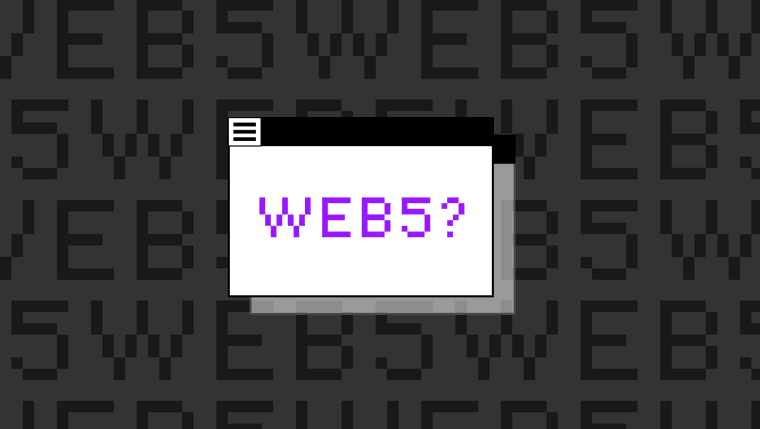
Web 5 is a decentralized platform that provides a new identity layer for the web to enable decentralized apps and protocols.
In the current web model, users do not own their data or identity. They are given accounts by companies and their data is held captive in app silos. To create a new class of decentralized apps and protocols that put individuals at the center, we must empower them with self-owned identity and restore control over their data.
Components of Web 5
There are three main pillars of the decentralized web platform, all of which are based on open standards.
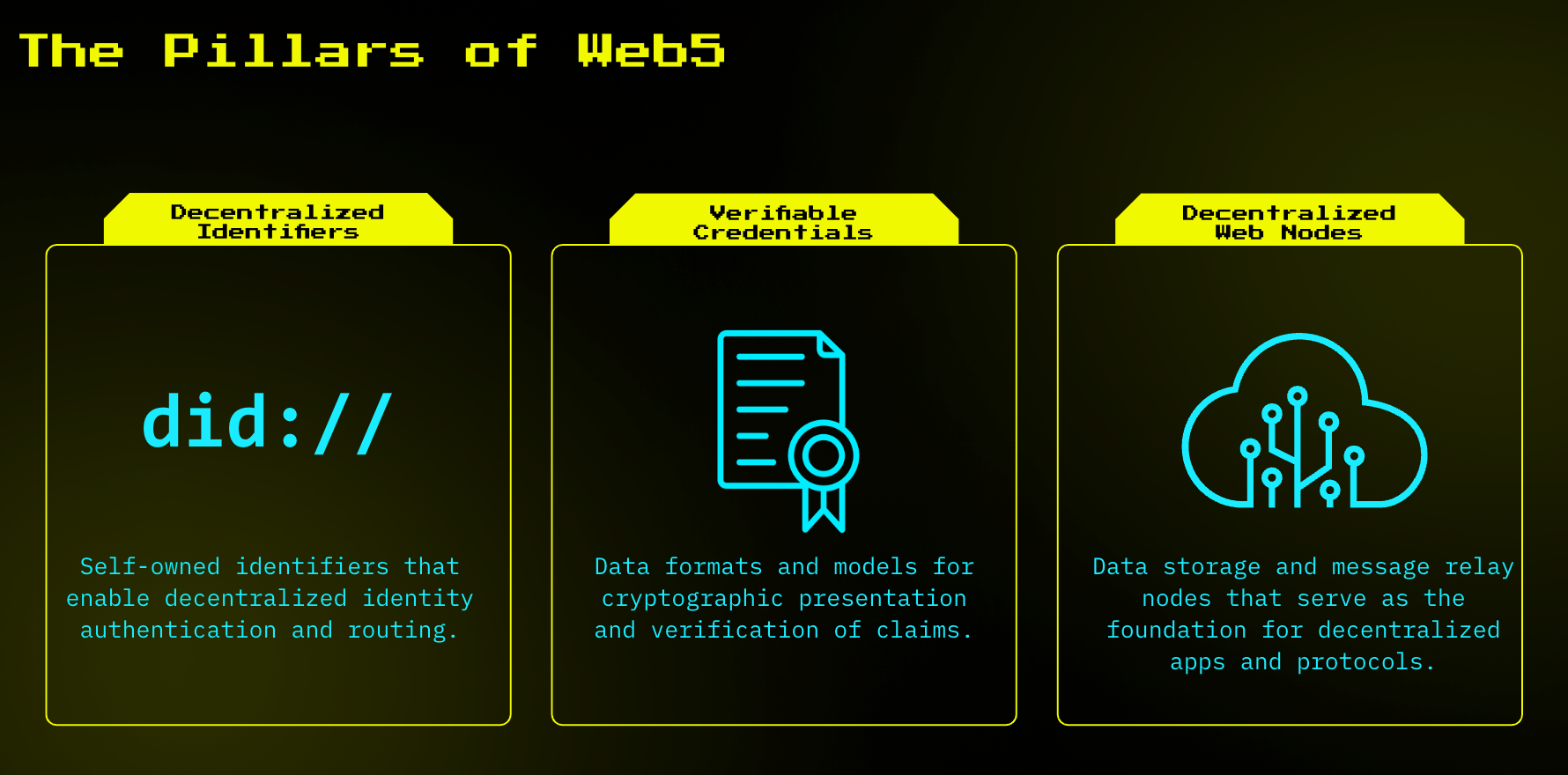
Decentralized Identifiers
The identifiers we know and use today are owned by the government, a company, an organization, or some other intermediary. For example, our email addresses and social media handles are identifiers associated with us but are owned and controlled by the service providers. These companies have the right to ban, disable, or delete these identifiers and we have little to no control over this.
So before we can realize truly decentralized applications, we need decentralized identifiers that users own and control. This removes the dependency on centralized entities to authenticate and represent us.
Decentralized Identifiers (DIDs) are a W3C standard. They have a standardized structure that essentially links to you and your information.

Verifiable Credentials
Verifiable Credentials are a fully ratified W3C standard that work hand in hand with Decentralized Identifiers to enable trustless interactions - meaning two parties do not need to trust one another to engage, but claims made about a DID subject can be verified.
For example, Alice needs to prove she has a bank account at Acme Bank. Acme Bank issues a cryptographically signed Verifiable Credential which would be stored in Alice’s identity wallet.
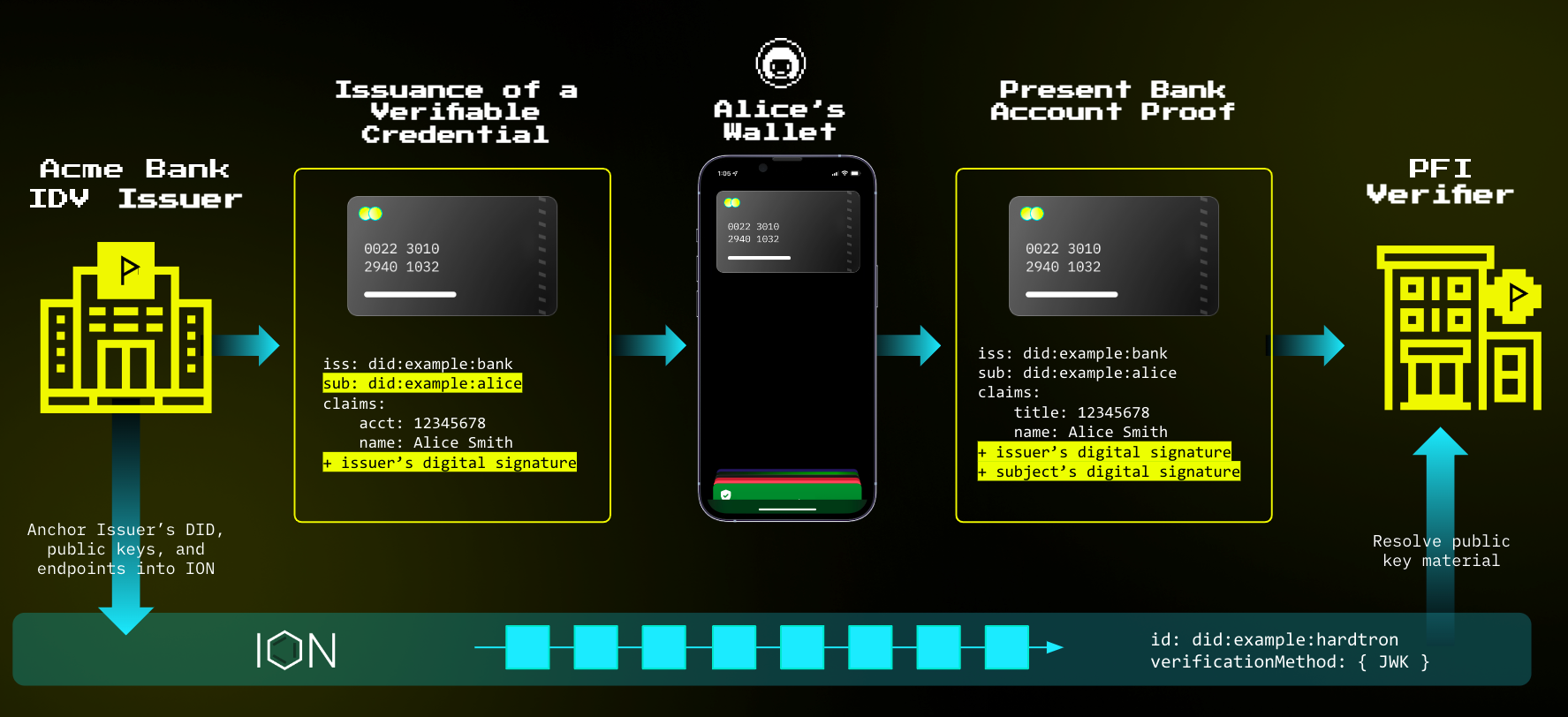
Decentralized Web Nodes
Your decentralized web nodes do not live on the blockchain. You can host your web nodes anywhere (your phone, computer, etc) and can replicate them across your devices and clouds and all data will be synced.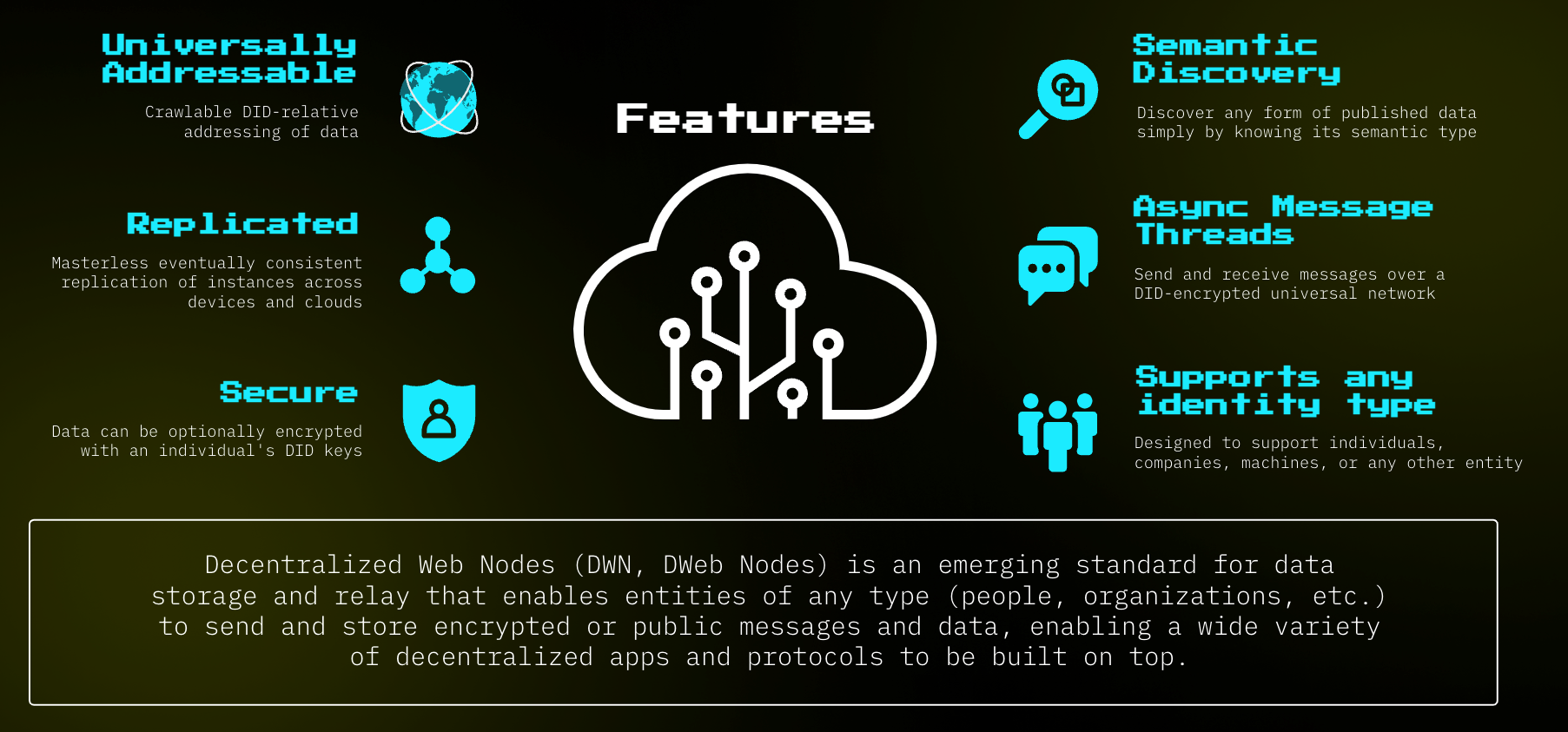
Identity Wallets
Obviously all of this is pretty complicated, especially for non-technical users. So we need a simplistic, easy to use interface that will allow people to access and manage their identity.
A well designed identity wallet would provide ways to manage the data stored in decentralized web nodes, the decentralized IDs and the context in which they should be used, verifiable credentials, and authorizations.
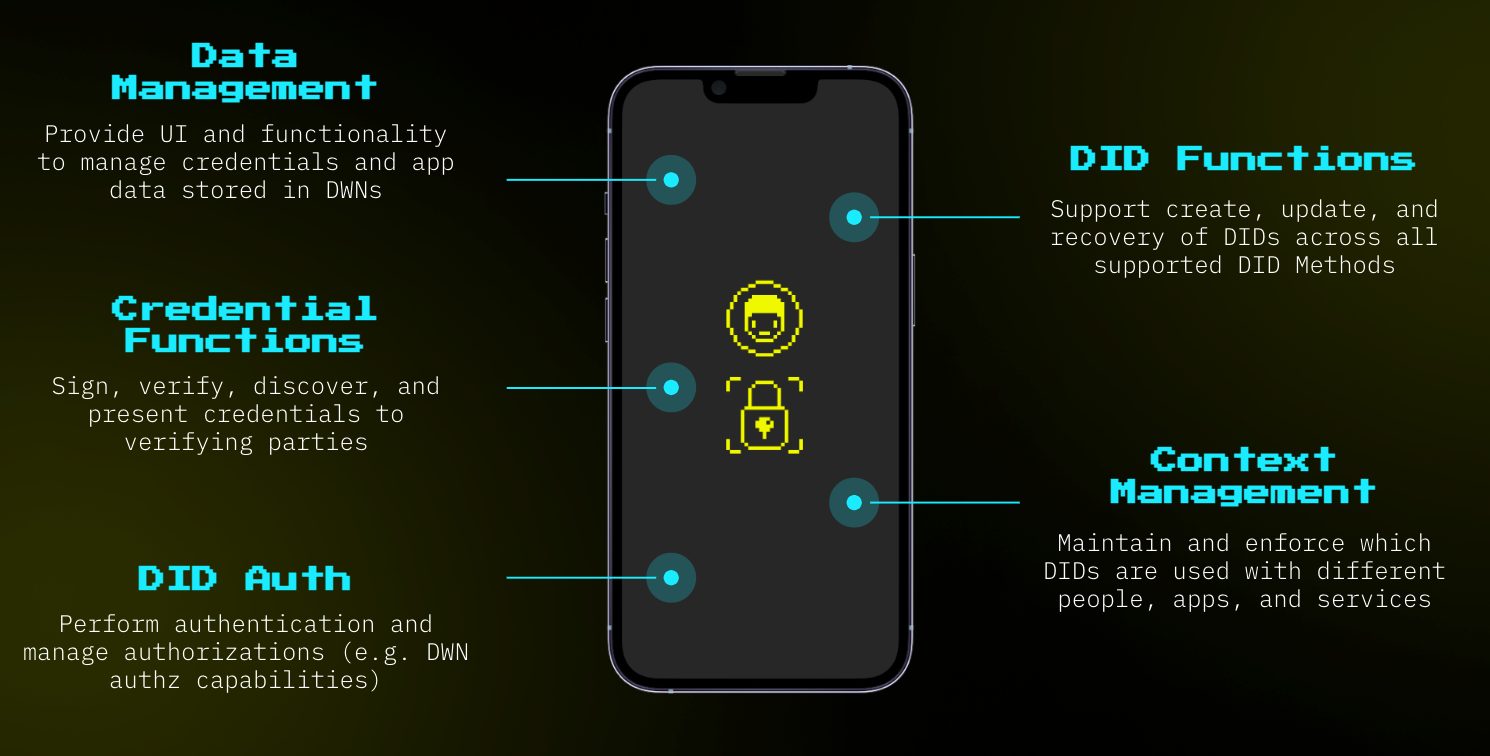
Decentralized Web Apps
Web 5 enables developers to build decentralized web applications (DWAs) on top of it and it’s all open source! You’re free to use it as your foundation and focus your attention on what you really care about, your app. Web5 brings to DWAs what cloud and application servers bring to enterprise apps. It does the hard part. It brings decentralization. By building your apps on top of Web 5, you get decentralization and identity and data management as part of the platform
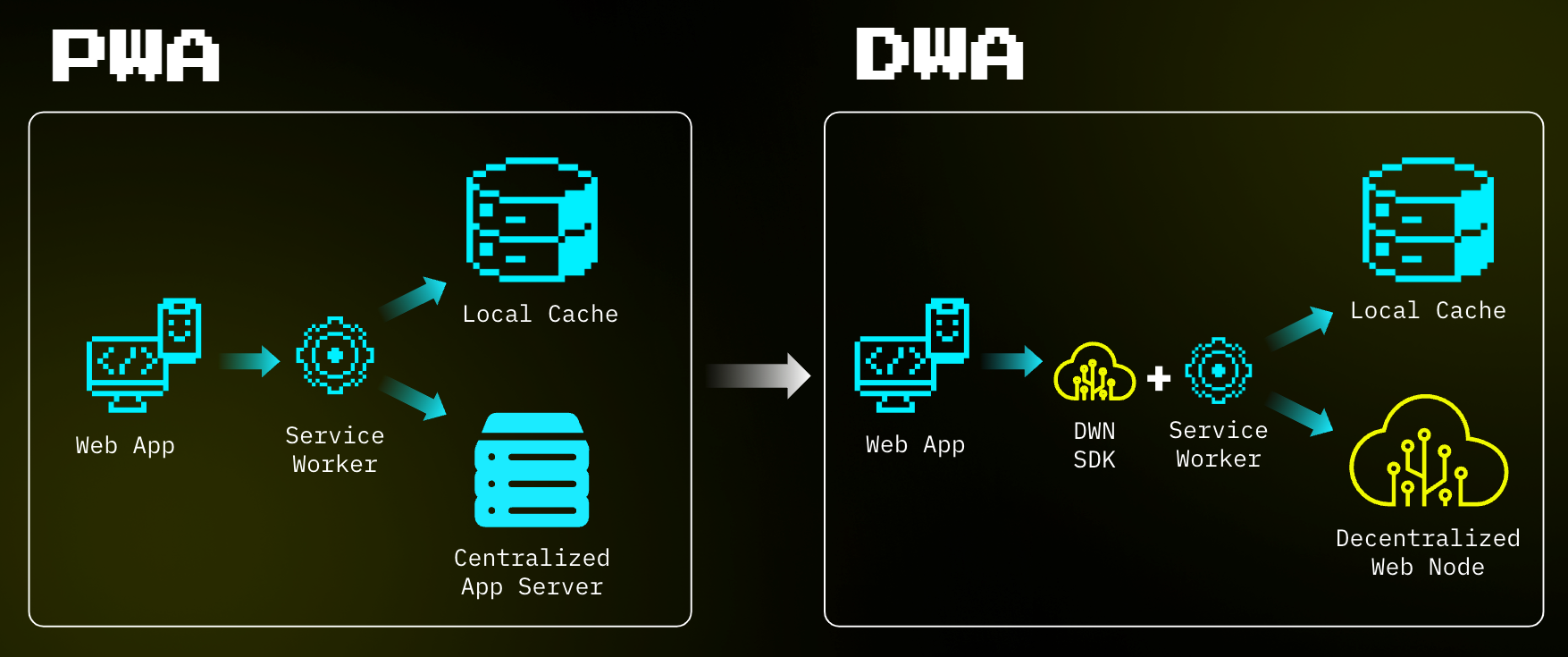
-
Oh! Web5 is very new :))
-
Good point! Activating international roaming on Airtel is a must. Without it, you might face issues like outgoing calls not working even if incoming does. TechFilipinos always recommends double-checking this before traveling!


